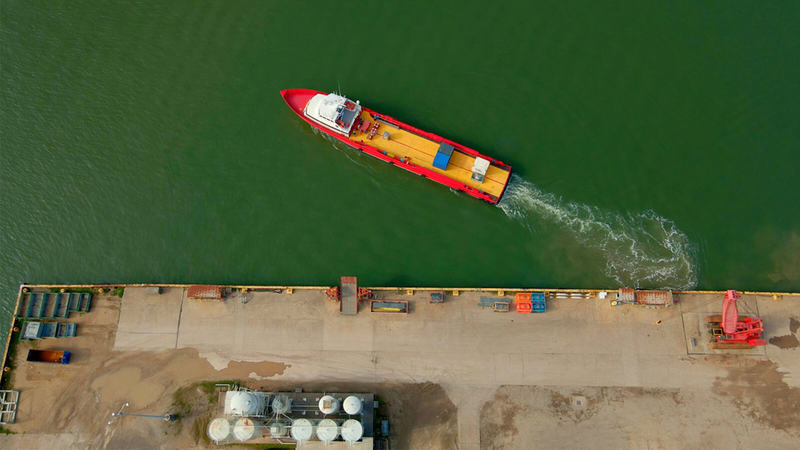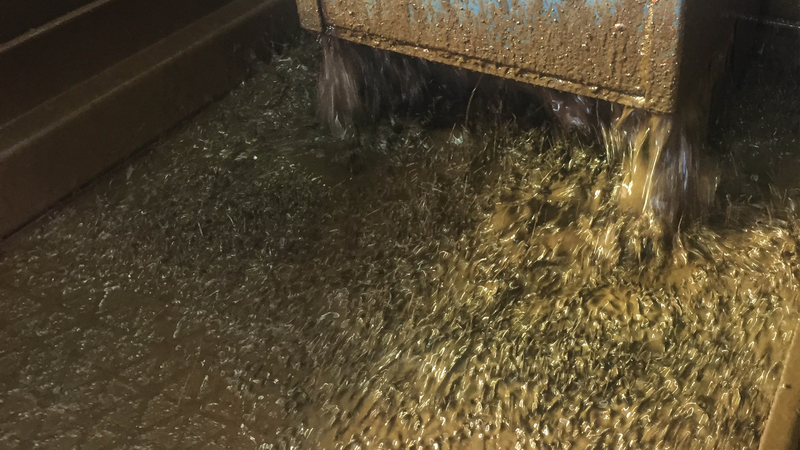 Search
Search
 Search
Search

Baroid solution greatly reduces onshore disposal costs
Download PDFDeep Water

Install an optimized SCE system on an offshore rig to handle drilling waste

Offshore Tanzania

An operator planned to drill two wells offshore Tanzania using a non-aqueous fluid (NAF). Operating within the projected budget was critical to achieving the operator’s objectives for the wells. Further, the Tanzanian government places strict limitations on drilling waste disposal that prohibits the discharge of oily cuttings or solids with a retained oil-on-cuttings (OOC) level exceeding 6.9 percent and waste water with an oil content of greater than 30 ppm. The operator needed a commitment from its solids control equipment (SCE) provider that these levels would not be exceeded and that the wells could be delivered within budget.
Selecting the right SCE systems can reduce or eliminate the volume of waste requiring onshore treatment, deliver significant savings, and reduce environmental impact. An optimized system can also recover expensive fluid from cuttings for reuse, thus lowering the cost of additional materials that would otherwise be used to mix replacement volume.
The Baroid team proposed three key components to achieve the best results:
To manage the oily cuttings, two BaraG-Force™ V-133 vertical cuttings dryers were installed on the rig. This dual package provided 100 percent redundancy, and ensured that the anticipated high rates of penetration (ROPs) would not overload the cuttings treatment process.
The package was augmented by adding the BaraStream™ SV400 cuttings collection and pumping system, which has the unique ability to vacuum-recover and pneumatically transfer drill cuttings and drilling waste to any location on the rig. This meant that the cuttings dryers could be installed a significant distance from the shakers with no impact on cuttings transport capability. Further, the BaraStream SV400 system eliminated the space, power, and running costs required to install and operate mechanical augers, and also eliminated the risk of blocked augers causing nonproductive time (NPT).
Baroid installed a BaraH₂O™ slop unit to treat slops and rig wastewater. The treatment methodology is based on well-proven onshore treatment principles: chemical flocculation and dissolved air flotation. The process equipment is built into a 20-foot (6-meter) container constructed to work as mobile equipment on offshore rigs. The treatment unit is easy to connect, and can be placed anywhere on the rig where there is space for a 20-foot container.
Average oil-on-cuttings (OOC)
of slops treated
USD total savings
The BaraG-Force equipment allowed 100 percent of drilled cuttings to be treated and discharged offshore with an average OOC of 4.9 percent, eliminating all costs for transport and onshore disposal of waste. Over 800 MT of cuttings were discharged offshore, saving approximately USD 284,000 in onshore disposal costs. An additional 351 bbl of drilling fluid was recovered for reuse, saving approximately USD 35,000 in onshore disposal costs and lowering mud costs.
The BaraH₂O unit treated 595 m3 of slops. Of that volume, 4.6 m3 comprised recovered oil/sludge that was sent for onshore disposal. The remaining 590.4 m3 (> 99 percent) of cleaned water was discharged at the rig, saving the operator approximately USD 489,000 in onshore disposal costs.
A total savings of approximately USD 808,000 was achieved by implementing this Baroid solution. All operations were conducted without any direct NPT, incidents, or accidents, and resulted in a Halliburton employee receiving an award from the operator for being a top safety contributor.

Halliburton leads the drilling fluids industry with cutting-edge solutions, including advanced drilling fluids and solids control technologies.

Collaborative and process-driven solutions to optimize fluid performance, maximize solids removal, and minimize cost.
